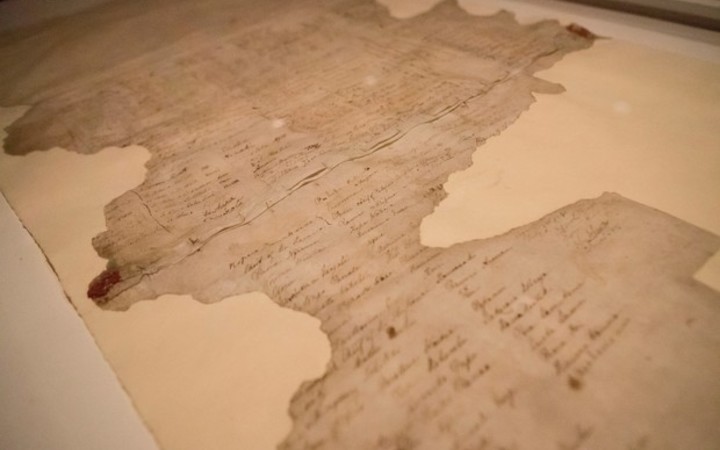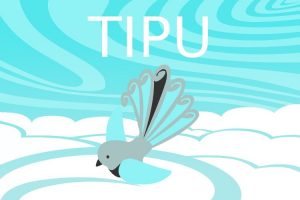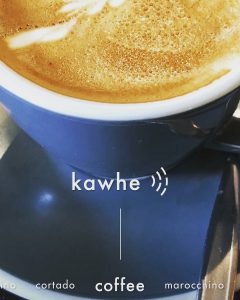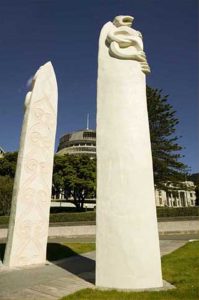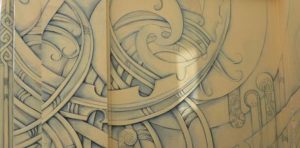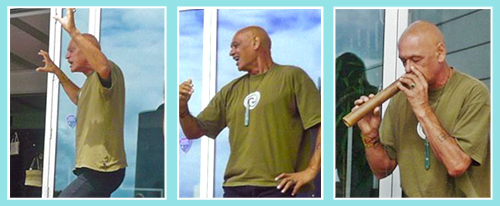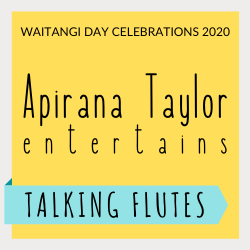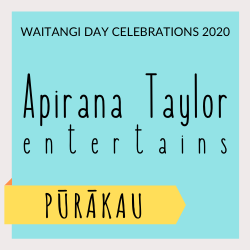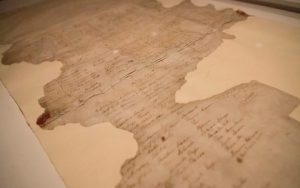 Did you know that as well as being signed in Waitangi on 6 February 1840 the Treaty of Waitangi was also signed in other parts of Aotearoa throughout that year?
Did you know that as well as being signed in Waitangi on 6 February 1840 the Treaty of Waitangi was also signed in other parts of Aotearoa throughout that year?
Ngā mihi ki a koutou katoa i tēnei wā COVID-19.
He pānui tēnei – ānei ngā rauemi ā-ipurangi mā koutou e kimi, mā koutou e tuku i ō koutou kāinga.
Usually our libraries commemorate the signing of Te Tiriti/Treaty of Waitangi in Te Whanganui-a-Tara/Wellington, 29 April 1840, through special events, displays, and the lending of relevant books or audio-visual material on the kaupapa of Te Tiriti.
Unfortunately our bricks and mortar libraries are currently closed due to the COVID-19 crisis. However our Māori Specialist Librarian, Ann Reweti, has put together a comprehensive selection of rauemi/resources about Te Tiriti and its signing in Te Whanganui-a-Tara in 1840. These can be accessed through our website or the internet and we are very pleased to provide online links in this special blog.
 Lockdown is the perfect time to learn more about our local history and how modern day Wellington and New Zealand have been shaped by our unique past, and the relationships between mana whenua and the crown. Take some time to have a look at these wonderful resources – for a concise overview of history, places where treaty copies were signed, and lists of signatories to the treaties in each of eight locations – from the comfort of your own kāinga/home.
Lockdown is the perfect time to learn more about our local history and how modern day Wellington and New Zealand have been shaped by our unique past, and the relationships between mana whenua and the crown. Take some time to have a look at these wonderful resources – for a concise overview of history, places where treaty copies were signed, and lists of signatories to the treaties in each of eight locations – from the comfort of your own kāinga/home.
NZHistory.govt.nz – Treaty of Waitangi information includes the following topics: the Treaty in brief; English and te reo Māori texts; signings and locations of eight treaty documents; Tiriti timeline; biographies of Tiriti participants.
Te Ara – always presents a good New Zealand story for any discussion – and there are three video reconstructions around the the signing of Te Tiriti.
Bridget William Book Treaty of Waitangi Collection – This amazing collection of ebooks is available on our Wellington City Libraries ELibrary page. You will need your library card and pin number to access these full-text scholarly works.
NZETC (New Zealand Electronic Text Centre) – These links will take you to the full text versions of the following books:
- The Treaty of Waitangi: An Explanation
- Te Tiriti o Waitangi, he karo whakaora mo ngā tangata Māori he reo Māori me te reo Pākehā
- Māori and the State: Crown-Māori relations in New Zealand/Aotearoa, 1950-2000
Early newspaper articles weave some thoughts of Te Tiriti:
Papers Past – Access to New Zealand newspapers from 1843-1845.
Times Digital Archive (1785-1985) – Full text and searchable, every page of every issue. You will need your library card and pin number to access these.
Other useful resources, including videos:
British Parliamentary Papers: Colonies
The Waitangi Collection: Nz On Screen
National Library Of New Zealand: He Tohu and He Tohu Kōrero snippets
Te Tiriti Based Futures And Anti-racism 2020 – An online conference, 21-30 March, 2020. Includes Jen Margaret and Julia Whaipooti.
There are also fantastic audio tapes available from RNZ:
- Waitangi Rua Tau Lectures
- Treaty Debates(recorded at Te Papa)
And don’t forget, you can always see the Treaty itself in Wellington at the National Library of New Zealand.


